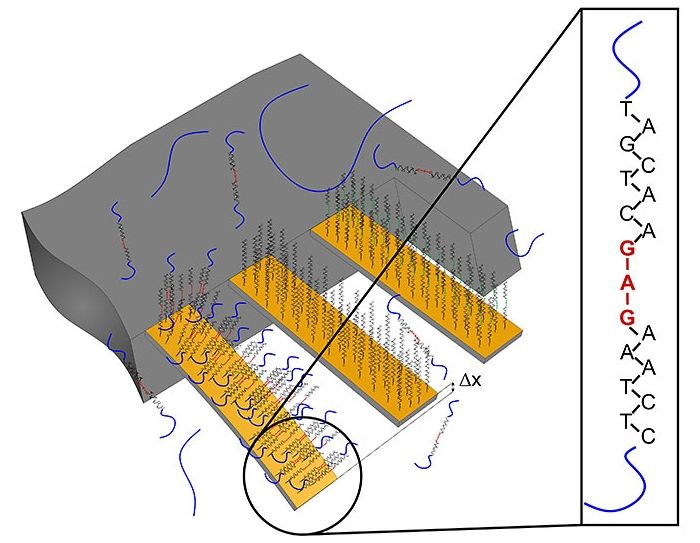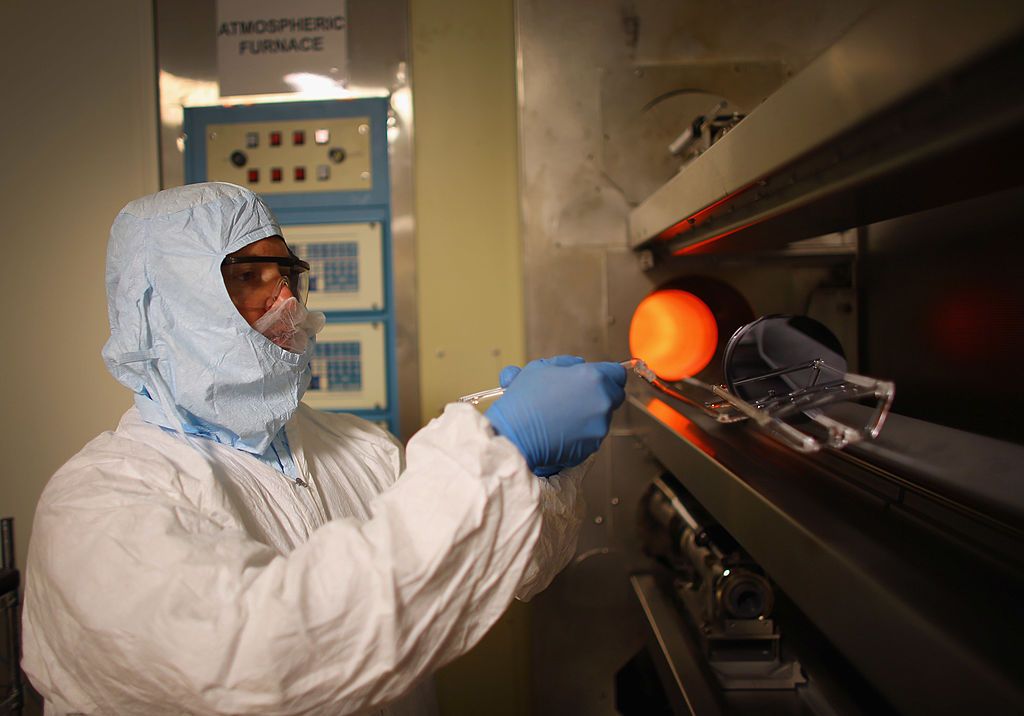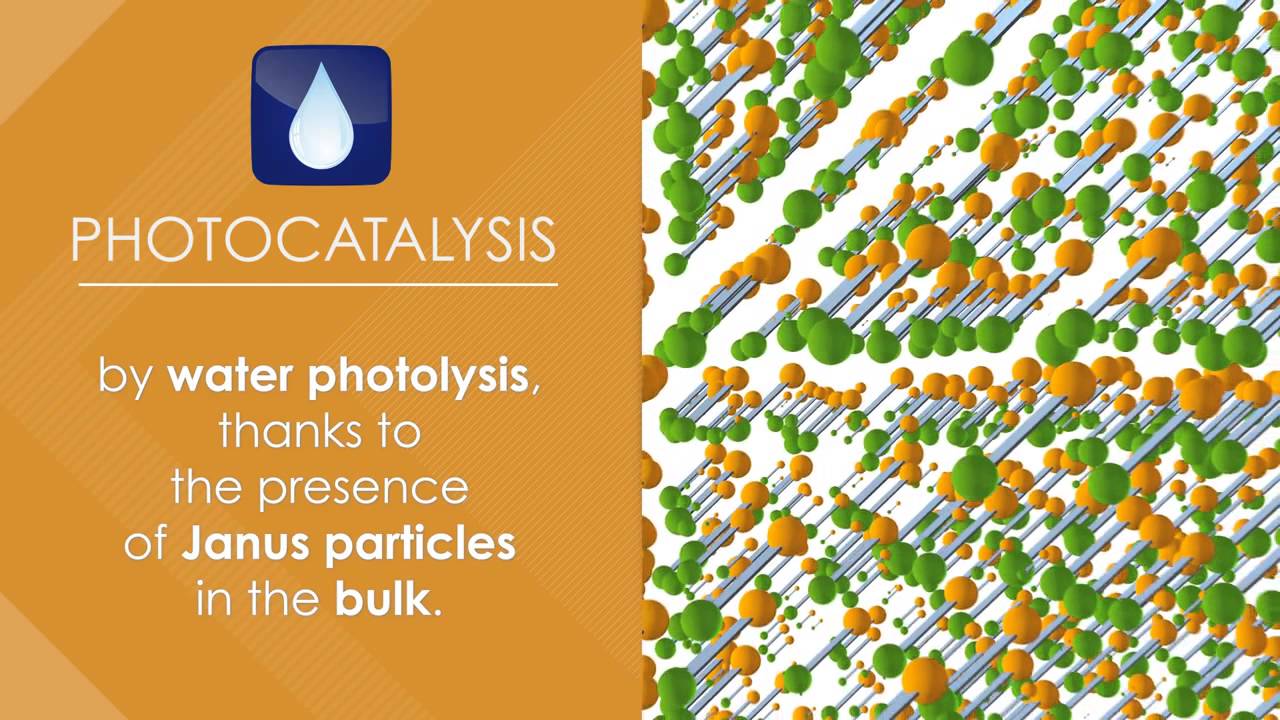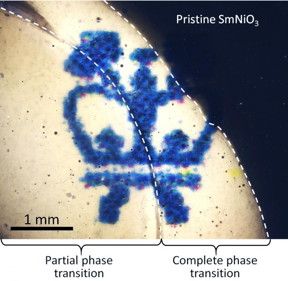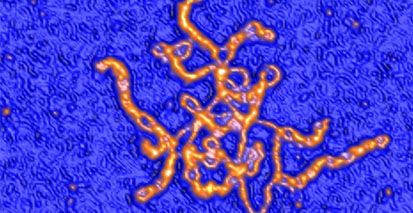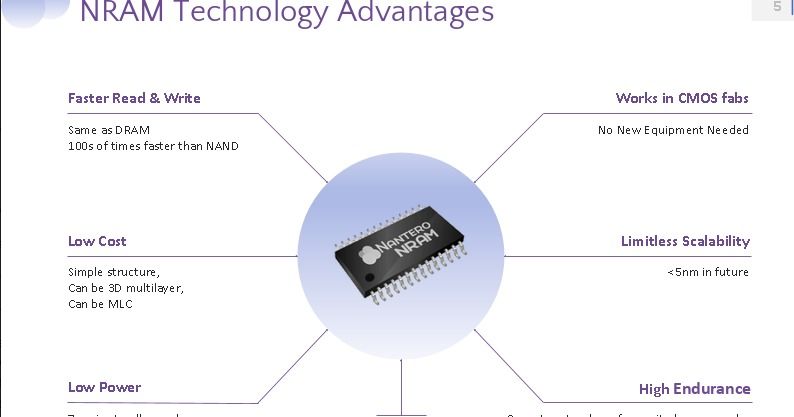Sep 7, 2016
Device Detects Malignant Melanoma Type to Prescribe Proper Medication
Posted by Karen Hurst in categories: biotech/medical, genetics, nanotechnology
NICE.
Scientists at the Swiss Nanoscience Institute, the University of Basel, and the University Hospital Basel have developed and have been testing a device that can screen people with malignant melanoma for a spcific genetic mutation. About half of malignant melanoma cases involve the BRAF gene that results in rapid cell division and drugs targeting this type of cancer are available. The problem is that without knowing if a patient exhibits the mutation, it is dangerous to prescribe the medications since they will not work and will only cause additional problems.
The new device was used to analyze malignant melanoma tissue samples and to find whether the relevant genetic sequence is present. It relies on microscopic cantilevers, some of which have a coating to which the particular genetic sequence sticks to. Other cantilevers have a coating without the sequence. RNA isolated from the biopsy samples was then introduced into the device and the molecules that stuck to the cantilevers made them bend. This bending can be detected, pointing to the presence of the searched for mutation.
Continue reading “Device Detects Malignant Melanoma Type to Prescribe Proper Medication” »
